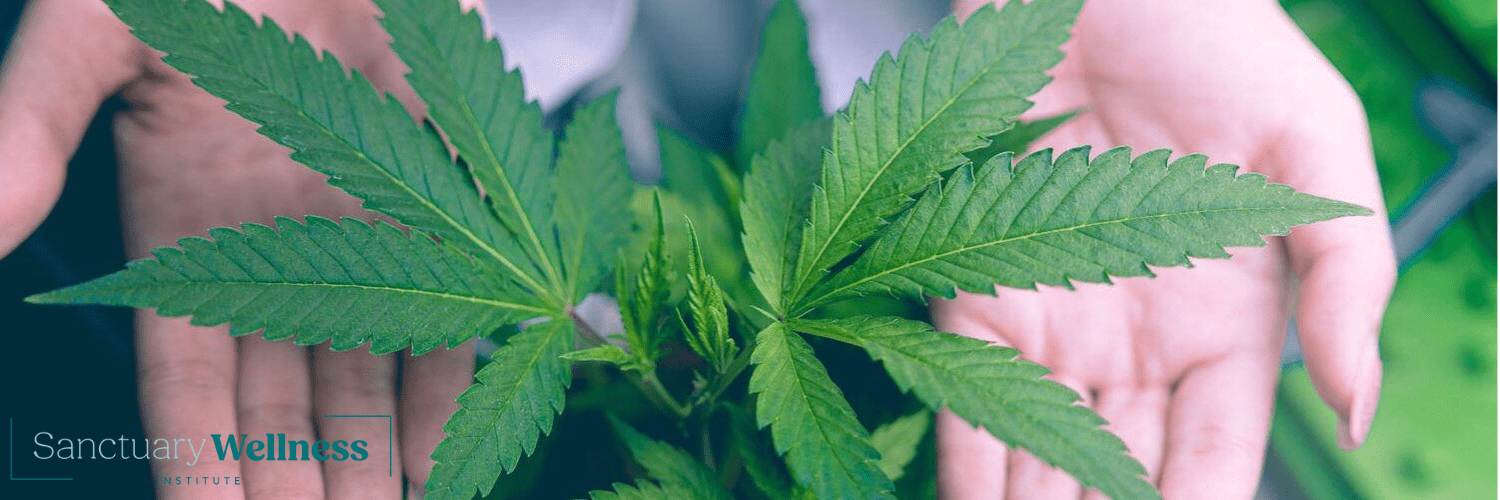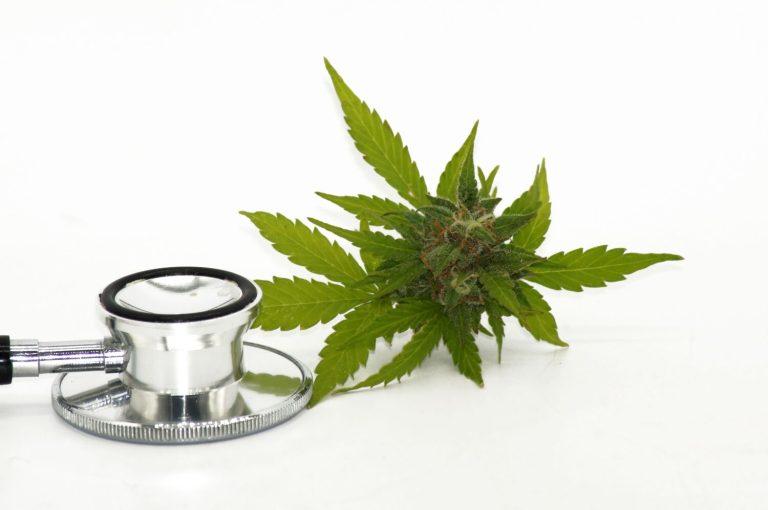History of Medical Marijuana
- John DiBella
- Published: August 25, 2024
- Fact-checked by Dr. Desiree Granados

Timeline of Marijuana Use
- 2700 BC: The earliest recorded use of marijuana for medicinal purposes is attributed to the Chinese emperor Shen Nung, who documents its analgesic properties in his pharmacopoeia.
- 1200s: In the Islamic Golden Age, medical texts begin to discuss the therapeutic uses of cannabis for treating various ailments, including chronic pain and gastrointestinal issues.
- 1839: Irish doctor William Brooke O’Shaughnessy conducts experiments and writes about cannabis’s ability to treat conditions like epilepsy and muscle spasms.
- 1900s: Cannabis becomes widely used in patent medicines in the United States and is marketed for ailments like migraines and insomnia.
- 1942: The U.S. Pharmacopeia removes cannabis from its list of approved medicines, leading to decreased use of the drug in clinical settings.
- 1970: The Controlled Substances Act classifies marijuana as a Schedule I drug, hampering research and medicinal use.
- 1996: California becomes the first state to legalize medical marijuana.
- 1998 to Present: Dozens of states legalize medical marijuana, and many legalize recreational marijuana as well, leading to increased research and widespread acceptance of cannabis.

When Was Medical Marijuana First Used in the US?
The use of medical marijuana in the United States dates back to the 19th century. The first documented use of cannabis for medicinal purposes occurred in 1850, when it was included in the United States Pharmacopeia, a reference book for pharmaceutical standards. Physicians began prescribing it for conditions such as pain relief, insomnia, and muscle spasms.
What Medical Conditions Can Marijuana Be Used to Treat?
Marijuana has been used for medicinal purposes for thousands of years. Ancient civilizations employed it for various ailments, including pain relief and digestive issues. In recent years, scientific research has validated many of these uses, leading to a more comprehensive understanding of how marijuana can treat debilitating medical conditions. Today, cannabis is increasingly recognized for its therapeutic properties, particularly when it comes to managing chronic pain, nausea, and neurological disorders. Some of the most common conditions that marijuana is used to treat include:
- Alzheimer’s disease
- Anxiety
- Arthritis
- Chronic pain
- Crohn’s disease
- Depression
- Epilepsy and other seizure disorders
- Glaucoma
- Inflammatory bowel disease
- Multiple sclerosis
- Nausea and vomiting (especially related to chemotherapy)
- PTSD
What is the Endocannabinoid System and How Does it Work?
The endocannabinoid system (ECS) is a complex cell-signaling system found in the bodies of all mammals. Its primary role is to maintain homeostasis, or balance, through the regulation of various physiological processes, including mood, pain sensation, appetite, and immune response.
The ECS consists of three main components: endocannabinoids, which are naturally occurring compounds produced by the body; cannabinoid receptors (mainly CB1 and CB2), which are located throughout the brain and body; and enzymes that break down endocannabinoids once they’ve served their purpose.
When the body’s homeostasis is disrupted, endocannabinoids bind to cannabinoid receptors to help restore its balance. This system plays a pivotal role in how our bodies respond to internal and external stressors and contributes to an array of bodily functions.
Why Was Marijuana Criminalized?
The Marihuana Tax Act of 1937 effectively banned the use and sale of cannabis by imposing strict regulations and heavy taxation on its trade. This criminalization was driven by a combination of social, political, and racial factors, including vocal support from Federal Bureau of Narcotics Commissioner Harry Anslinger and the stigma associated with marijuana use, which was often linked to minority communities.
The push for regulation was also fueled by sensationalized media campaigns that portrayed marijuana as a dangerous substance that causes violent behavior and moral decay. These fears culminated in a national movement that ultimately led to the prohibition of marijuana.
What Was the First State to Legalize Medical Marijuana?
The first U.S. state to legalize medical marijuana was California, which passed Proposition 215 in 1996. This landmark legislation allowed patients with qualifying medical conditions to possess and use cannabis with a doctor’s recommendation. The initiative was driven by the advocacy of activists, who highlighted the therapeutic benefits of marijuana for pain relief and other health issues.
When Did Marijuana Become Mainstream in the US?
Marijuana began to gain mainstream acceptance in the United States during the late 20th century, particularly in the 1990s. The pivotal moment was the passage of California’s Proposition 215 in 1996, which legalized the medical use of cannabis and set a precedent for other states to follow. Increased advocacy for policy reform and a growing body of research highlighting the medical benefits of marijuana also helped change the public’s attitude toward it.
The cannabis legalization movement gathered momentum in the following decades, culminating in a wave of state-level legalizations for both medical and recreational use, particularly after Colorado and Washington legalized recreational cannabis in 2012. Today, medical marijuana is legal in 38 states and Washington D.C., and is widely regarded as a legitimate medicine.
What Percentage of Americans Use Medical Marijuana Today?
According to a 2020 survey, 2.5% of Americans self-reported consuming cannabis under the authorization of their physicians. That figure doubled between 2013 and 2020. Today, there are roughly four million registered medical marijuana patients in the United States. Florida boasts the most, with over 800,000 patients in its program.
Conclusion
The history of medical marijuana is a testament to its enduring presence in human culture and medicine. From its earliest recorded uses in ancient China to its controversial criminalization in the 20th century, cannabis has played a complex role in society. Today, we are witnessing a resurgence in its acceptance, driven by a deeper understanding of its therapeutic potential. As scientific research continues to validate the benefits of marijuana for various medical conditions, it has become a vital option for millions seeking relief from chronic ailments.
At The Sanctuary Wellness Institute, we are dedicated to helping individuals obtain medical marijuana so they can receive the treatment they need. Get in touch with us to learn more about qualifying conditions for medical marijuana cards and how you can apply.
States Where We Offer Medical Marijuana Card Services
How we reviewed this article:
- A potted history
https://www.nature.com/articles/525S10a - Did You Know… Marijuana Was Once a Legal Cross-Border Import?
https://www.cbp.gov/about/history/did-you-know/marijuana - Increasing Use of Cannabis for Medical Purposes Among U.S. Residents, 2013–2020
https://www.ajpmonline.org/article/S0749-3797(23)00132-0/abstract - Medical Cannabis Patient Numbers
https://www.mpp.org/issues/medical-marijuana/state-by-state-medical-marijuana-laws/medical-marijuana-patient-numbers/
Current Version
August 25, 2024
Written By
John DiBella
Fact-checked By
Dr. Desiree Granados
Editorial Process
Our Editorial Process

John DiBella is the co-founder and CEO at The Sanctuary Wellness Institute. His goal is to foster healthier lifestyles to improve individuals’ quality of life and health span through online medical and non-medical services. When he’s not writing health & wellness articles for The Sanctuary, he enjoys hiking, camping, surfing and sailing.







